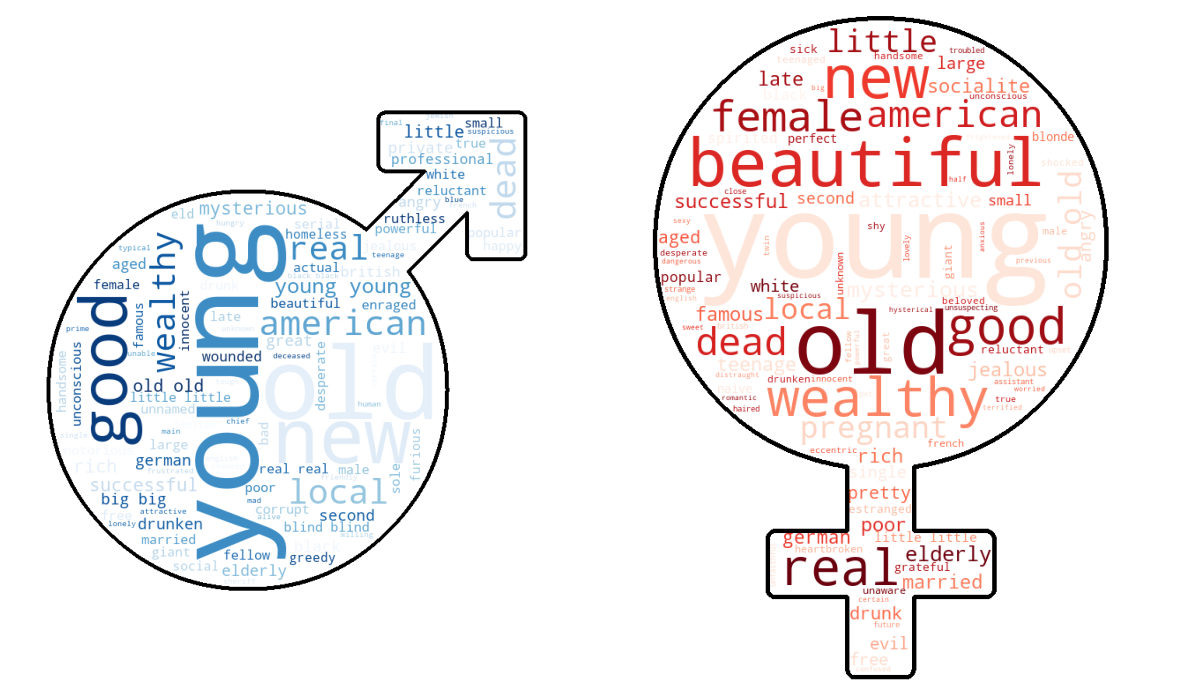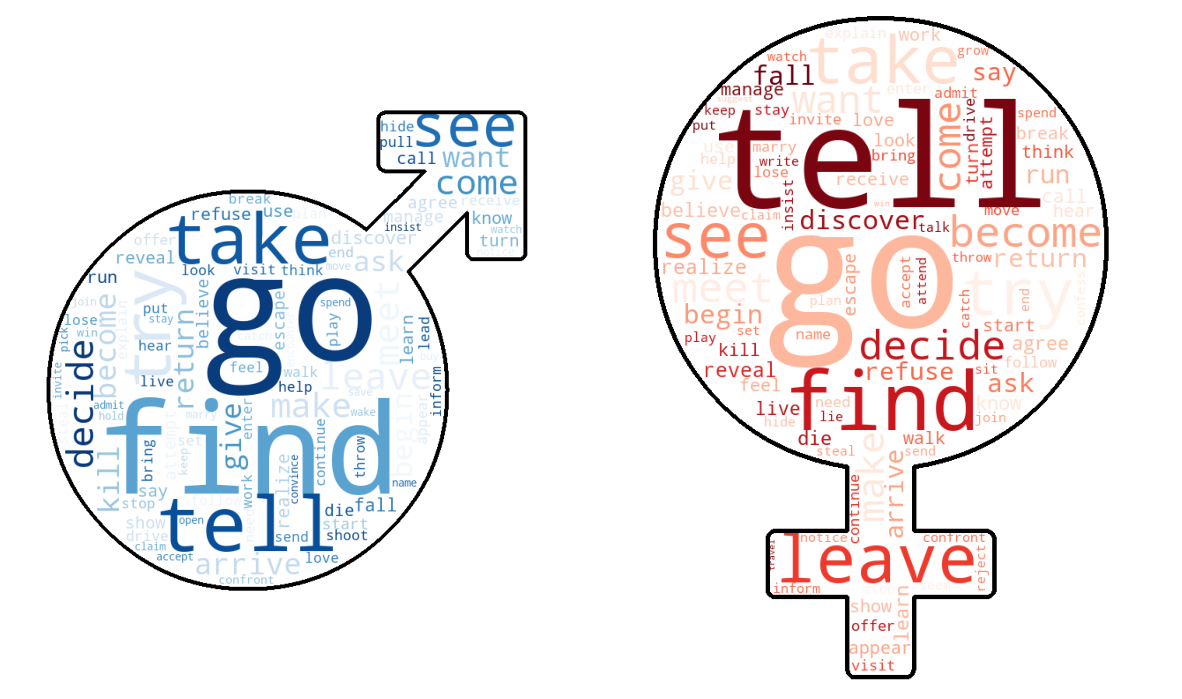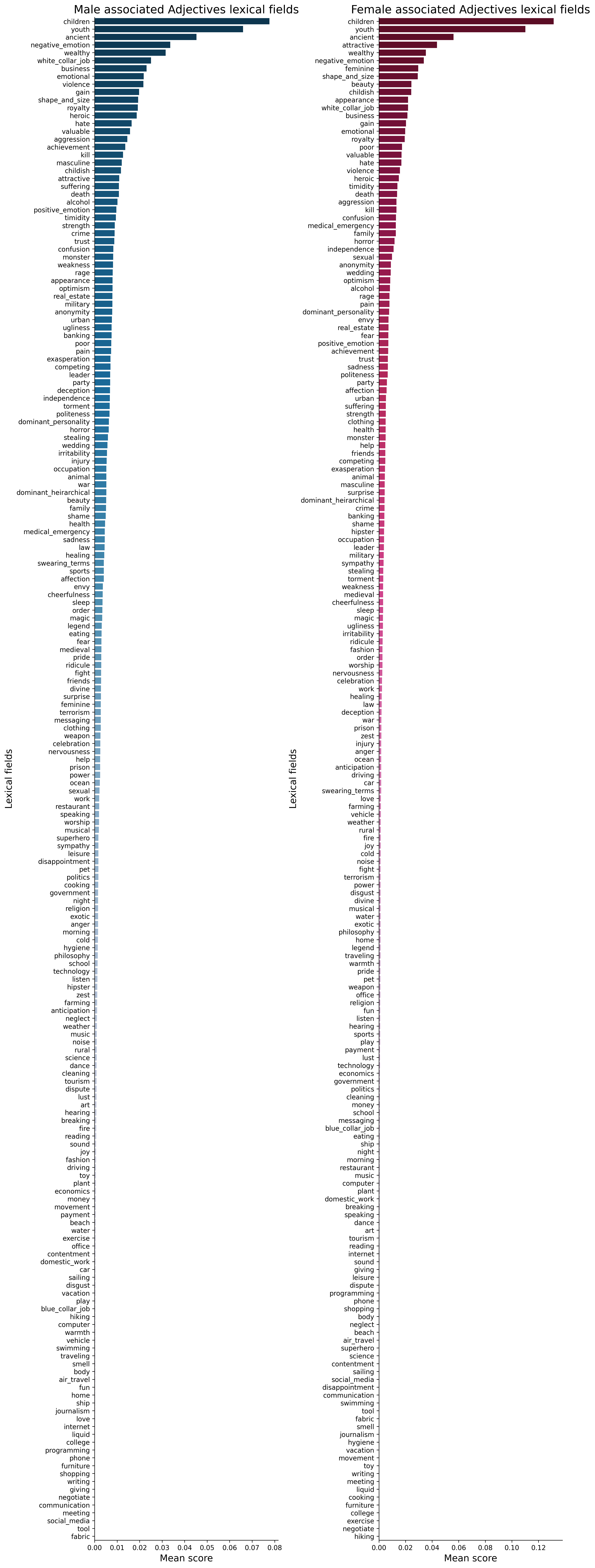
The background
The term “ male gaze “, introduced by filmmaker Laura Mulvey in 1975, refers to the way in which the visual arts, particularly film, depict the world and women from a masculine point of view. This perspective is often characterized by an objectifying and sexualizing portrayal of women, which reinforces traditional gender roles and reinforces the dominant power dynamics between men and women. Mulvey’s concept of the male gaze has been influential in feminist film theory and has sparked important discussions about women representation in the film industry and broader visual culture.
The study of the representation of women in film is an important area of inquiry because of the significant role that the film industry plays in shaping cultural norms and values. By examining how women have been portrayed in film over the past century, we can better understand the changing attitudes towards gender and representation in society. This can be done by looking at both the perspective of the director, who plays a key role in shaping the representation of women on screen, as well as the perspective of the audience, who consume and are influenced by these representations. Through this analysis, it is possible to better understand the ways in which the film industry has influenced and been influenced by societal attitudes towards women, and to consider the potential for positive change in the representation of women in film and visual culture.
How have the perspectives of both directors and audiences impacted the evolution of gender bias in character portrayal in Hollywood movies?
Is Hollwood the most prolific movie production ?
This data story starts with three datasets from the CMU Movie Summary Corpus to explore the evolution of gender bias in character portrayal in film. The first dataset includes details on a total of 81741 movies spanning from 1888 to 2012, while the second dataset provides information on the characters that appear in these films. The final dataset includes summaries of 20358 movies from the first dataset. By analyzing these datasets, we can gain a better understanding of the portrayal of gender bias in film over time and the representation of male and female characters.
Initially, we aim to analyze the distribution of movies across the globe and observe their evolution over time.
It appears that the United States accounts for 39% of the films in the dataset, while other countries do not exceed 10%. This suggests that the United States plays a central role in the global film industry. Taking a step back, it is logical that Hollywood is the biggest movie industry in the world. This is due to the fact that Hollywood has a long history of producing high-quality films that appeal to a wide range of audiences, and it has a strong reputation for innovation and creativity in the film industry.
However, by focusing solely on American cinema, we may be limiting the scope of our analysis and overlooking the influence of other countries on the representation of gender in film. While this approach allows us to examine the portrayal of male and female characters in American cinema in depth, it also means that our findings may not necessarily be representative of the multiplicity of viewpoints present in the global film industry. Therefore, it is important to keep in mind the potential limitations of this study as we analyze the portrayal of gender bias in American cinema.
As a second point we decide to explore the evolution of the distribution of movies included in the study across different decades. It will give us insight of the perspectives of directors and audiences over time.
The number of movies produced from the end of the 20th century significantly increased, and this trend should be considered when conducting further analysis. Due to the limited number of films produced between 1880 and 1910, we have chosen to exclude this period in our analysis.
Are women underrepresented?
Upon initial analysis, it may not be immediately evident whether there is a difference in the amount of screen time given to male and female actors. To uncover this disparity, we move to look at the total number of male and female actors in each decade.
In each decade, there are fewer female actors than male actors, and this trend does not appear to change over time. The table below illustrates the evolution of the percentage of female actors in films:
| 1910-1920 | 1920-1930 | 1930-1940 | 1940-1950 | 1950-1960 | 1960-1970 | 1970-1980 | 1980-1990 | 1990-2000 | 2000-2010 |
|---|---|---|---|---|---|---|---|---|---|
| 39 % | 36 % | 31 % | 26 % | 23 % | 26 % | 25 % | 30 % | 31 % | 33 % |
The percentage of women on screen has followed a U-shaped pattern over the past century. It decreased slightly from 1910 to 1980, reaching a low of around 30% during this time period. However, it has been on the rise since 1980. The period between 1950 and 1980 saw the lowest representation of women.
Male and female characters: depicted differently by the director?
As says before we wanted to look at the “director point of view”. For this, we analyzed the summaries of 2358 American movies from the CMU Movie Summary Corpus. Using natural language processing algorithms, we extracted information about each character in the movies, including their gender and the adjectives and verbs associated with their characterizations. Results suggest that adjectives are a good representation of the physical and mental characteristics of characters, while verbs are a good representation of their actions. This process was conducted for each decade between 1910 and 2010. By analyzing the data in this way, we were able to gain insight into the importance and characteristics of male and female characters in each film and how these factors have changed over time.
Action movies are the black sheep
To measure the importance of each character in the film, we defined a weighting factor as the number of references to the character in the summary divided by the total number of character references. We then calculated the mean weighting factor for all female characters in each film and found that it varied little between decades, but differed significantly between genres, as shown in the chart below:
Action and adventure films often have a low percentage of female characters, typically not exceeding 30%. In contrast, romance and drama films tend to have a higher representation of women, with more than 40% of their characters being female.
Women occupy as many leading roles as supporting roles
To go further the weighting factors of male and female characters, we also quantified the importance of characters by ranking them based on the number of references to them in the summary.
Women are equally likely to occupy leading roles as secondary roles, while men are more likely to have leading roles than any other type of supporting role. This suggests that there is a gender imbalance in the distribution of leading and supporting roles in films.
Not much difference in words between men and women at first glance


Upon examining the most commonly used adjectives and verbs associated with male and female characters, we did not find a clear difference between the two groups. We did notice that certain words, such as "old", "young", "go", "find", and "tell" were used equally as often in relation to female and male characters. This suggests that there may not be a significant gender-based difference in the way male and female characters are characterized in films using these specific adjectives and verbs.
Appearance of a bias by analyzing the lexical fields
While analyzing individual words can provide useful insights, examining lexical fields allows for a more comprehensive and standardized comparison of films across different decades. To do this, we calculated the relative scores for 194 lexical fields for each decade.

In order to focus on gender-specific language, we excluded lexical fields that were common to both male and female characters and instead highlighted those that were specific to one gender. This approach allowed us to more accurately compare the language used to describe male and female characters across different time periods.